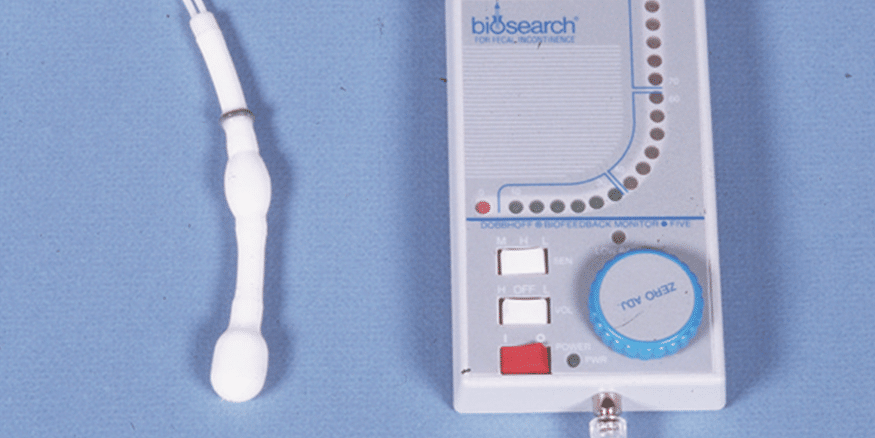Harnessing the Potential of Biometric Feedback to Revolutionize Chronic Discomfort Control and Improve Quality of Life
Harnessing the Potential of Biometric Feedback to Revolutionize Chronic Discomfort Control and Improve Quality of Life
Blog Article
Persistent pain is a condition that impacts countless of people around the globe. It can be caused by multiple factors, including traumas, diseases, or even stress. For many individuals, managing chronic pain can be a daily struggle that affects their quality of life. Traditional treatments often consist of drugs, physiotherapeutic therapy, and occasionally surgery. However, these methods do not always offer the relief that patients desire. Lately, biofeedback has emerged as a promising alternative for controlling chronic pain and improving overall health.
Biofeedback is a method that educates individuals how to manage specific bodily functions by utilizing signals from their own physiology. This approach involves using sensors that monitor physiological functions such as heart rate, muscle tension, and skin temperature. By offering immediate feedback, individuals can discover to recognize their body's reactions to pain and stress. This awareness allows them to develop strategies to manage their pain more effectively. For example, if a patient notices that their muscle tension rises when they are in pain, they can practice relaxation strategies to help reduce that tension.
One of the primary benefits of biofeedback is that it empowers individuals to take an active role in their pain management. Instead of relying solely on medications or treatments from medical providers, patients can gain to comprehend and regulate their own physiology. This feeling of control can lead to enhanced confidence and a more optimistic outlook on life. Many patients report feeling more in control of their pain and less like sufferers of their syndrome. This shift in perspective can significantly enhance their quality of life.
Research has shown that biofeedback can be effective in reducing chronic pain symptoms. Studies indicate that patients who employ biofeedback techniques often undergo less pain and improved physical ability. Additionally, biofeedback can help lessen anxiety and stress, which are common issues for those living with chronic pain. By tackling both the physical and psychological aspects of pain, biofeedback provides a comprehensive approach to pain control. This integrated method can lead to better outcomes for patients, allowing them to engage more fully in their daily activities.
In conclusion, biofeedback is a valuable tool for revolutionizing chronic pain control. By educating patients to comprehend and regulate their physiological responses, biofeedback enables patients to take control of their pain. This approach not only helps reduce pain but also enhances overall quality of life. As more people seek alternatives to traditional pain control methods, biofeedback emerges as a potential solution. With ongoing research and awareness, biofeedback could turn into an integral part of chronic pain check that therapy, helping individuals lead more fulfilling, more satisfying lives.